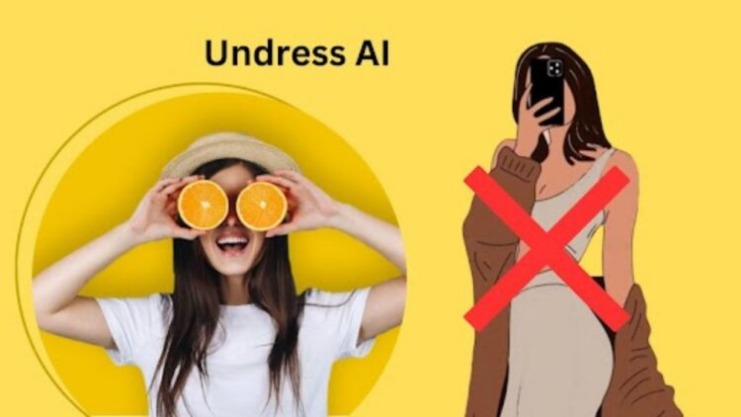In our rapidly evolving digital landscape, undressing AI reveals not just the capabilities but also the limitations and implications of artificial intelligence. By delving deeper, we uncover a world of possibilities and challenges that AI technology brings to diverse sectors.
What Does Undressing AI Mean?
The term undressing AI refers to a thorough exploration of AI’s inner workings, technologies, and impacts on society. This process involves examining the algorithms, data sets, and ethical considerations that constitute artificial intelligence systems.
Key Components of AI
Understanding the fundamentals is crucial when undressing AI:
- Algorithms: The step-by-step instructions that enable machines to learn and perform tasks.
- Data Sets: The large volumes of data utilized to train AI models and improve their accuracy.
- Machine Learning: A subset of AI that focuses on developing systems that can learn from data.
- Neural Networks: Computational models inspired by the human brain that enhance AI’s ability to recognize patterns.
Applications of Artificial Intelligence
The impact of AI is vast and varied:
- Healthcare: AI aids in diagnosing diseases, predicting patient outcomes, and personalizing treatments.
- Finance: AI improves fraud detection, trading algorithms, and customer service through chatbots.
- Transportation: Autonomous vehicles and optimized logistics benefit from AI advancements.
- Entertainment: AI curates personalized content and enhances user experiences across platforms.
Challenges in AI
Despite its potential, undressing AI also uncovers significant challenges:
- Bias and Fairness: AI systems can perpetuate biases present in training data.
- Privacy Concerns: The use of personal data for AI training raises privacy issues.
- Security Risks: AI systems can be vulnerable to cyber-attacks.
- Ethical Dilemmas: The deployment of AI in decision-making must consider moral and ethical implications.
FAQs About Undressing AI
Here are some frequently asked questions to aid in understanding:
What is the difference between AI and Machine Learning?
AI is a broad field aiming to create smart systems capable of performing complex tasks. Machine Learning is a subset of AI focused on developing algorithms that allow systems to learn and adapt from data.
How does AI address bias in its algorithms?
AI developers employ techniques such as fairness constraints, bias detection tools, and diverse data sets to mitigate bias. Transparency and regular audits are also essential.
Can AI completely replace human jobs?
While AI can automate certain tasks, it is more likely to augment human roles rather than completely replacing them. AI can take over repetitive tasks, allowing humans to focus on more complex and creative work.
Read more about ai undressing here.
What are neural networks, and how do they work?
Neural networks are interconnected layers of nodes that mimic the human brain. They process data and recognize patterns, making them powerful tools for tasks like image and speech recognition.
Exploring and undressing AI not only enlightens us about the immense capabilities of artificial intelligence but also prepares us to tackle the accompanying challenges responsibly.





